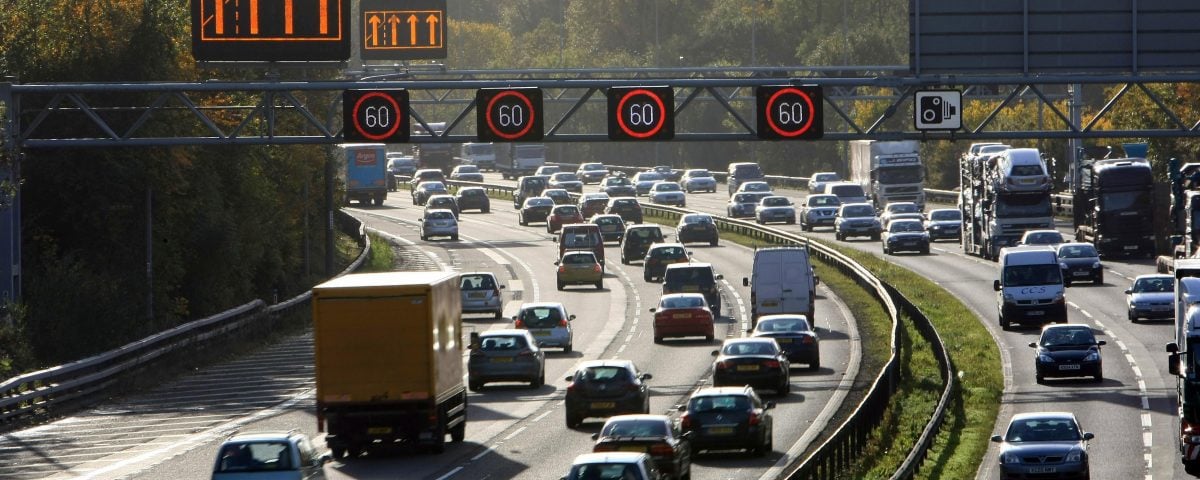UK’s worst motorways are slower than Usain Bolt

We’ve all been there. Sighing, drumming our hands impatiently on the steering wheel and grimacing while we crawl along the motorway.
Many of us who are slowly being driven mad by congestion may even wonder if it would be quicker to walk or cycle home.
And that may be the case as figures have revealed that the average speed on the five slowest motorways in the country is far below the 70mph limit.
Steer clear of these motorways
Research by RAM Tracking has found the worst is the M606, a three-mile stretch in West Yorkshire running from the M62 into Bradford, where drivers crawl along at an average of 24.62mph.
That’s slower than the 27.8mph achieved by Jamaican sprinter Usain Bolt at the 2009 World Athletics Championships.
The study found the M32, running from south Gloucestershire into Bristol, is the second slowest motorway, with drivers recording an average of 26.15mph.
This is followed by the M9 between Edinburgh and Dunblane, with an average of 26.74mph, and the M621 to Leeds, where drivers inch along at 26.75mph.
Named fifth slowest is the M602, with a snail’s pace of 26.91mph.
Overall, while driving on the UK’s five worst roads, motorists average less than 30mph – less than the speed limit for urban driving.
Call for rethink on road improvements
The reason for slow speeds on the motorways is thought to be a combination of congestion, road accidents and miles of roadworks.
To combat the problems, the Government has introduced “smart” motorways, in which the hard shoulder is stripped out to create an extra lane, with differential speed limits at peak times to try to ease congestion.
However, motorists have criticised the move, saying that lay-bys are now too far apart and have labelled them “death zones”.
The M40, which runs from London to Birmingham, was found to be the fastest, with drivers travelling a comparably speedy 48.6mph.
Robert Flello, a Labour member of the Commons Transport Committee, said: “There is no doubt that we have a major problem with congestion on our motorways. This will make the motorways more dangerous.
“There are also questions over whether it will improve traffic flows or give people an extra middle lane to hog.”
The Department for Transport said: “We are making the most extensive improvements to roads since the 1970s, to make journeys faster, better and more reliable.”


